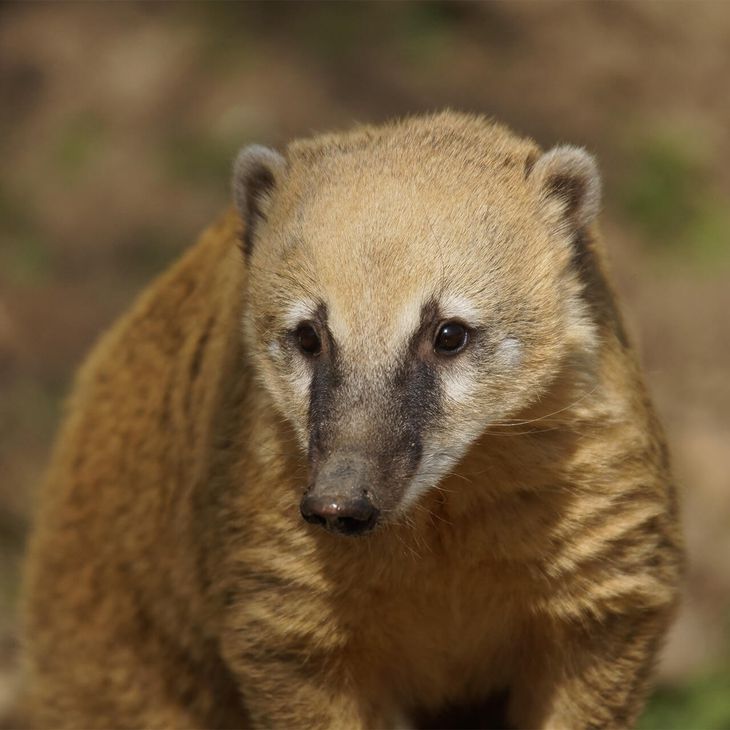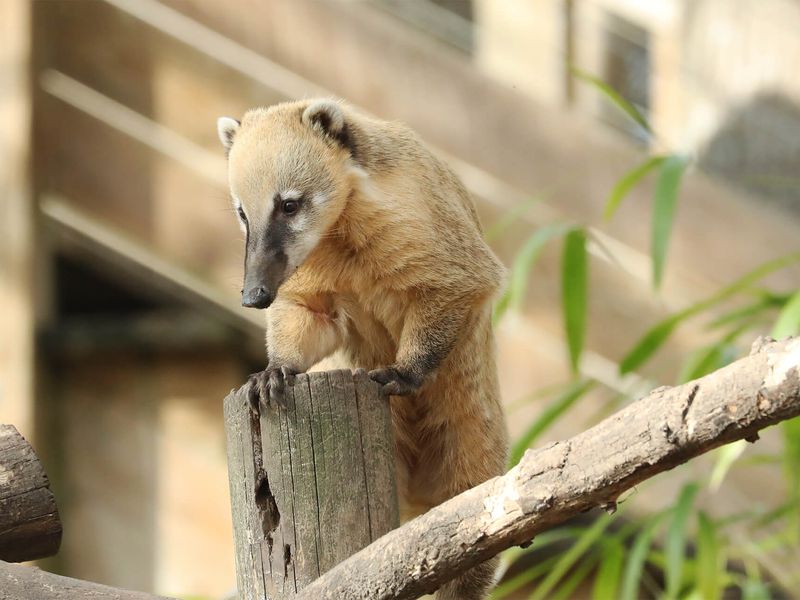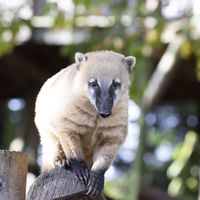« Mammifère fouisseur de la famille des ratons-laveurs »
Un petit mammifère curieux
Particulièrement énergique, le coati passe ses journées à fouiller.
Le coati est un petit mammifère fouisseur de la famille des Procyonidés, comme les ratons-laveurs. Particulièrement actif et curieux, il passe ses journées à retourner terre, cailloux et feuilles à la recherche de nourriture. Il est omnivore mais apprécie plus que tout les fruits et les invertébrés. Sa présence impacte positivement son environnement puisqu’il régule les populations de nuisibles et permet une bonne aération des sols. Il vit dans les forêts tropicales et tempérées d’Amérique du Sud. Le nom « coati » signifie « long nez » en indien. Ses autres appellations sont « coati commun » et « coati à queue annelée ».
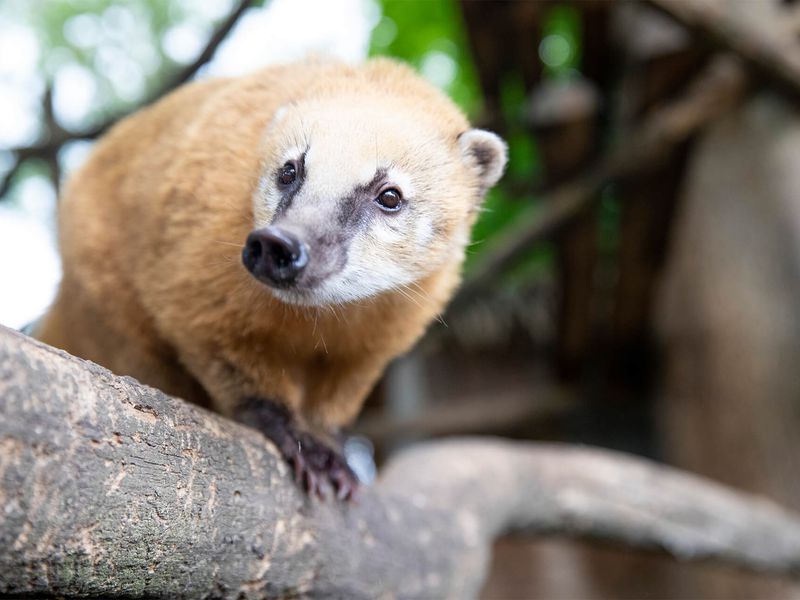
Chassé mais, pour le moment, peu menacé
Le coati est chassé pour sa viande par les populations locales mais est, pour le moment, classé en “Préoccupation mineure” dans la liste rouge des espèces menacées de l’UICN. Il est aussi victime de la déforestation qui réduit ses possibilités d’habitat.
Depuis 10 ans, l’association Beauval Nature est aux côtés des acteurs de terrain pour les accompagner dans leur mission primordiale de conservation des espèces. Beauval s’engage auprès de nombreux programmes de conservation et de recherche à travers le monde pour étudier et protéger les espèces menacées. Une action quotidienne pour la sauvegarde de notre biodiversité.
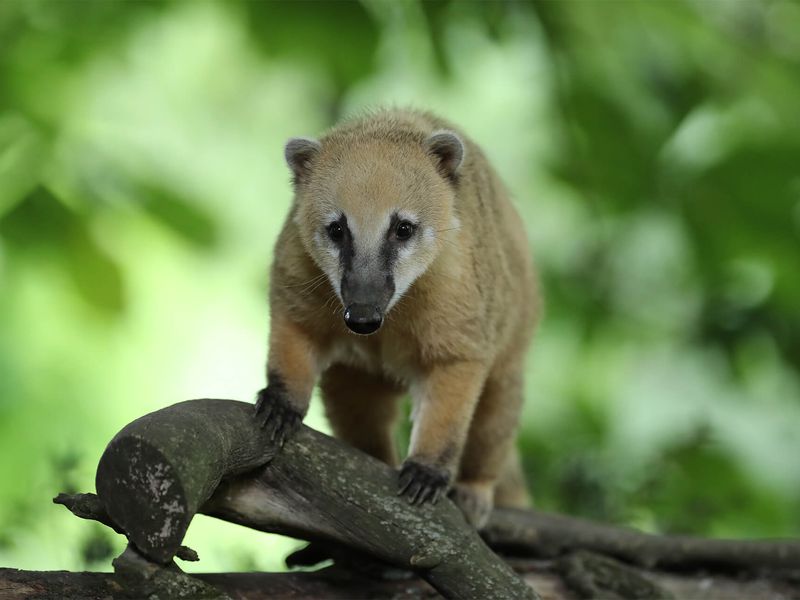
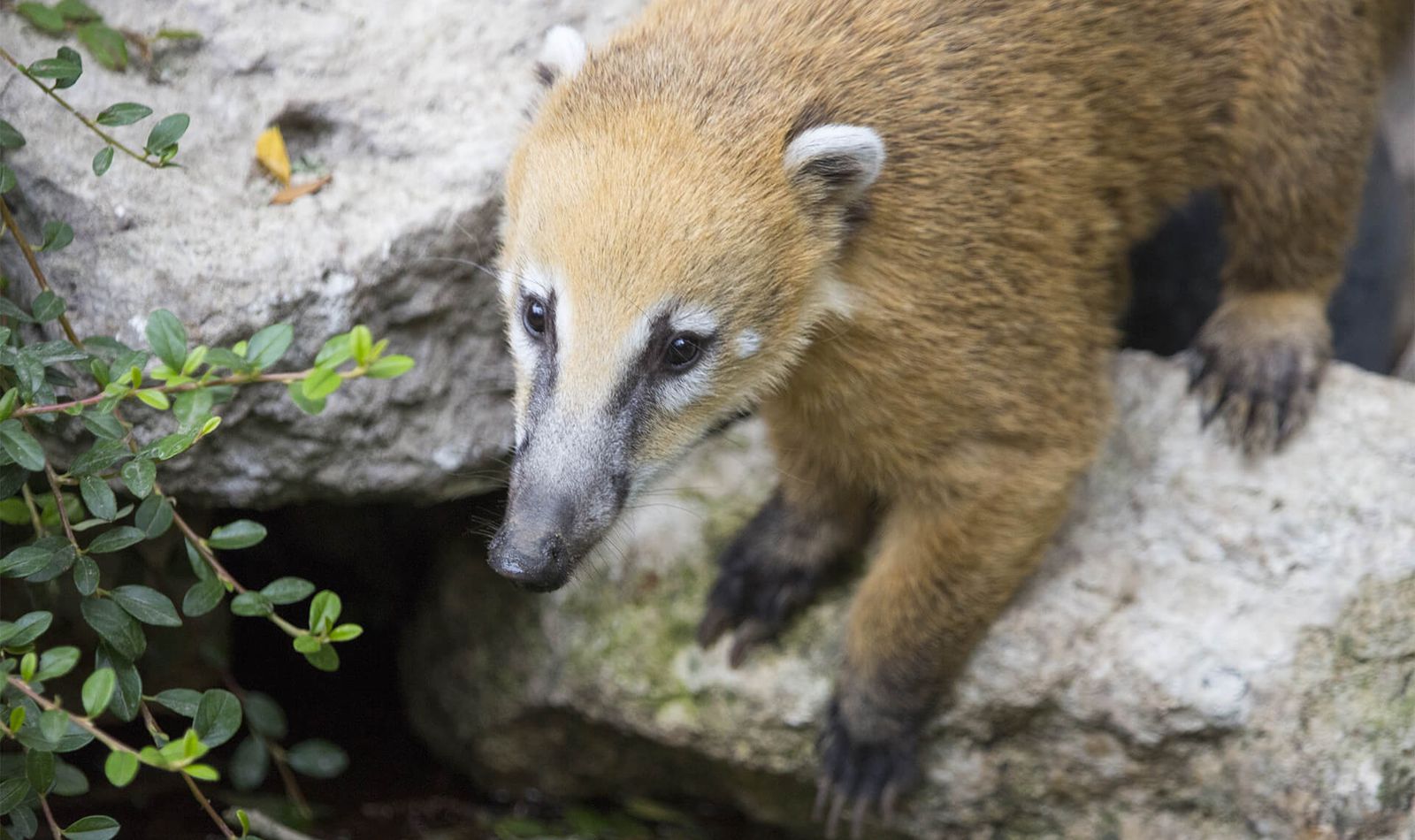

Parrainez nos coatis roux
Établissez un lien fort avec votre espèce préférée tout en participant au soutien des programmes de conservation par l’association Beauval Nature !
Least concern
Learn more about the species
-
OmnivoreDiet
-
2½ moisGestation period
-
3 à 7 petitsLitter size
-
Tropical forestsHabitat

